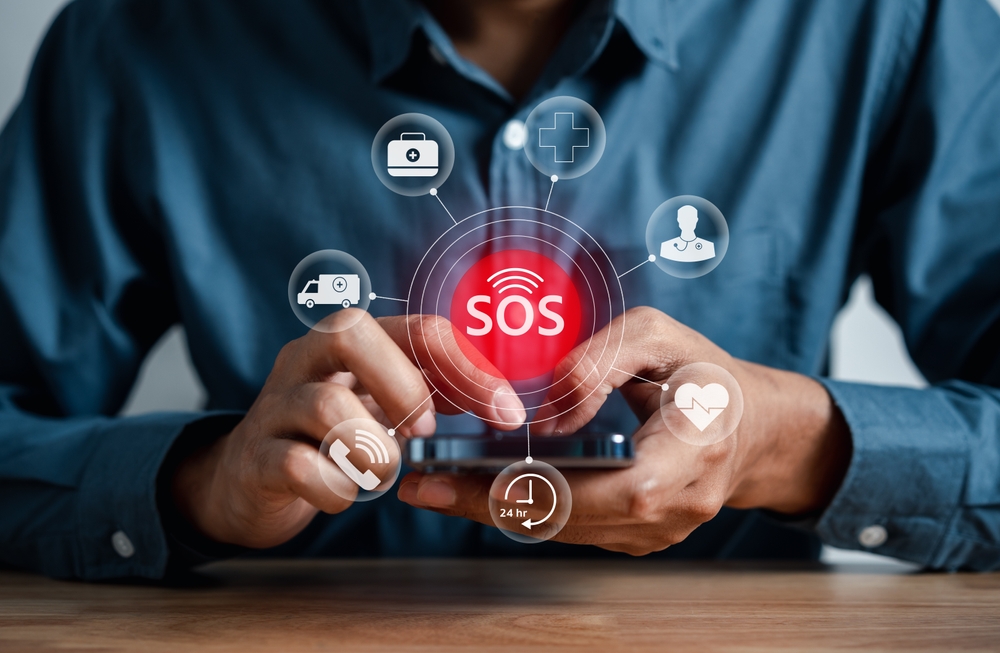Customer engagement is extremely vital to marketing success, and grabbing and maintaining this type of connection is no easy feat.
As attention spans dwindle and competitors strive to find new ways to hook consumers, exploring innovative avenues to engage your target audience is necessary. One channel with proven effectiveness is SMS marketing.
As of 2021, only 47% of businesses use mobile messaging as a marketing tool. Now, that’s an opportunity to maximize a low-competition marketing strategy, especially with the ubiquity of mobile phones.
To help you out, this article recommends solutions to one of SMS marketing’s most pressing challenges—growing an SMS subscriber list—with tips to boost your reach.
How to Effectively Grow an SMS Subscriber List
Strategic implementation is crucial when expanding your SMS subscriber list. These tactics that attract, engage, and retain subscribers can maximize the impact of your SMS marketing efforts.
1. Incentivize opt-ins
Opt-in promotions, such as discounts on subsequent purchases or entry into a giveaway contest, are compelling motivators for people to subscribe to your SMS list.
If you offer SMS-exclusive deals that are unavailable through other channels, it’s an incentive for prospective subscribers to join your SMS list so they can access these benefits.
2. Migrate your email subscribers
Do you have a sizeable email subscriber list? If so, you have a uniquely valuable opportunity to jumpstart your text marketing efforts.
Leverage your existing email subscribers list by migrating them to your SMS list. This strategy lets you maximize your current audience and engage with your target market more personally than email marketing. Just remember to notify your subscribers about the transition to avoid seeming intrusive.
3. Add a signup form on your website
Your website is a central hub for engaging with potential customers and converting them into followers. You can utilize it for SMS opt-ins by integrating signup forms throughout your website and placing them on high-traffic pages to maximize visibility.
For example, if your business is in healthcare, you can use SMS opt-ins with trivia as CTAs for medical-related content. You can seamlessly integrate SMS opt-ins into the customer journey using existing signup forms and checkout pages.
4. Develop a referral scheme
Word-of-mouth marketing is an often forgotten but effective strategy that allows using your subscribers’ existing networks to expand your reach and list exponentially.
Encourage existing subscribers to refer their friends, family, and colleagues by offering discounts for successful referrals. This process can be tedious, especially if your shoppers need to figure out how referrals work without proper guidance.
You can avoid this by providing clear instructions and tracking their progress toward rewards to encourage referrals.
5. Establish an exclusive VIP membership club
Recent studies reveal that 83% of consumers in an exclusive club, such as a loyalty program, are more likely to support a brand.
Follow suit and boost your list’s exclusivity by offering special privileges and benefits for VIP members. These offerings include early access to new products or services, member-only sales, and dedicated customer support.
6. Use traditional SMS marketing methods
While digital marketing channels enable you to reach a broad audience, you cannot overlook the effectiveness of traditional methods for growing your SMS subscriber list.
Consider handing out business cards and flyers with information about your SMS list at relevant events. Ensure you train your frontline staff to engage with customers and ask them if they are interested in joining your list.
These traditional efforts can help you hook potential subscribers in a more personal and tangible way, especially those who aren’t engaging with your brand online.
7. Collaborate with brands and influencers
About 4 of 10 social media users (39%) admit that influencers affect their purchasing decisions, demonstrating the effectiveness of influencer marketing. So, collaborate with celebrities and brands in your niche to amplify your reach and attract new SMS subscribers.
You could offer exclusive deals to your partner brand’s audience with opt-in opportunities. Don’t forget to create engaging content encouraging your followers to subscribe.
8. Run social media campaigns
Social media is a valuable avenue for reaching a vast audience of potential subscribers. In fact, numerous users prefer finding new offerings on social media over other marketing channels.
Take advantage of this opportunity by creating targeted social media campaigns highlighting the benefits of subscribing to your SMS list. You may post sneak peeks of the discounts and exclusive content awaiting subscribers to build anticipation for events or product launches.
In addition, graphics, videos, testimonials, and other content materials are powerful marketing tools to grab your followers’ attention and encourage opt-ins.
9. Provide an opt-out
While it might seem counterintuitive, knowing your SMS has a quick and easy opt-out makes your messages seem less intrusive. In turn, customers might be more willing to subscribe.
A straightforward way for subscribers to leave your SMS list is by including clear and prominent opt-out instructions in every message template, such as a short keyword reply that automatically unsubscribes them from your list.
This strategy demonstrates your respect for subscribers’ preferences. Who knows, it may lead to a more positive perception of your brand and retain subscribers’ long-term engagement with your SMS campaigns.
Expand Your SMS Subscriber List with Semaphore
SMS subscriber list growth is crucial for boosting visibility and securing the success of your marketing efforts. The strategies above can form part of your business SMS campaign, but you can always remain on the lookout for new, innovative tactics that further expand your reach.
Fortunately, you don’t have to do it alone. If you’re in the market for a reliable partner that enables trusted SMS marketing for businesses, look no further than Semaphore. Our tried-and-tested SMS API in the Philippines can help you take your text marketing initiatives to the next level.



